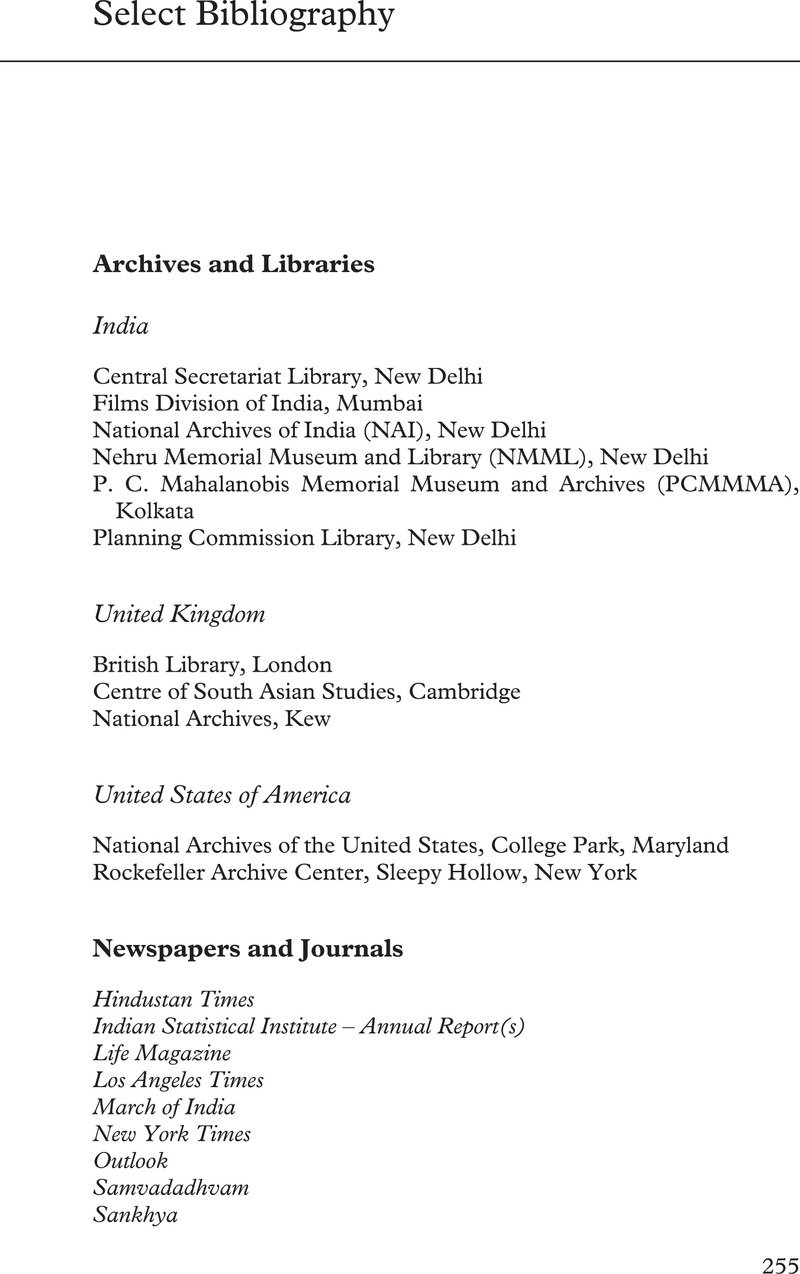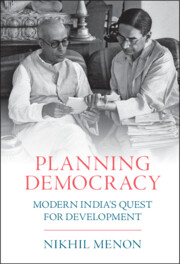Select Bibliography
Published online by Cambridge University Press: 24 March 2022
Summary

- Type
- Chapter
- Information
- Planning DemocracyModern India's Quest for Development, pp. 255 - 264Publisher: Cambridge University PressPrint publication year: 2022



